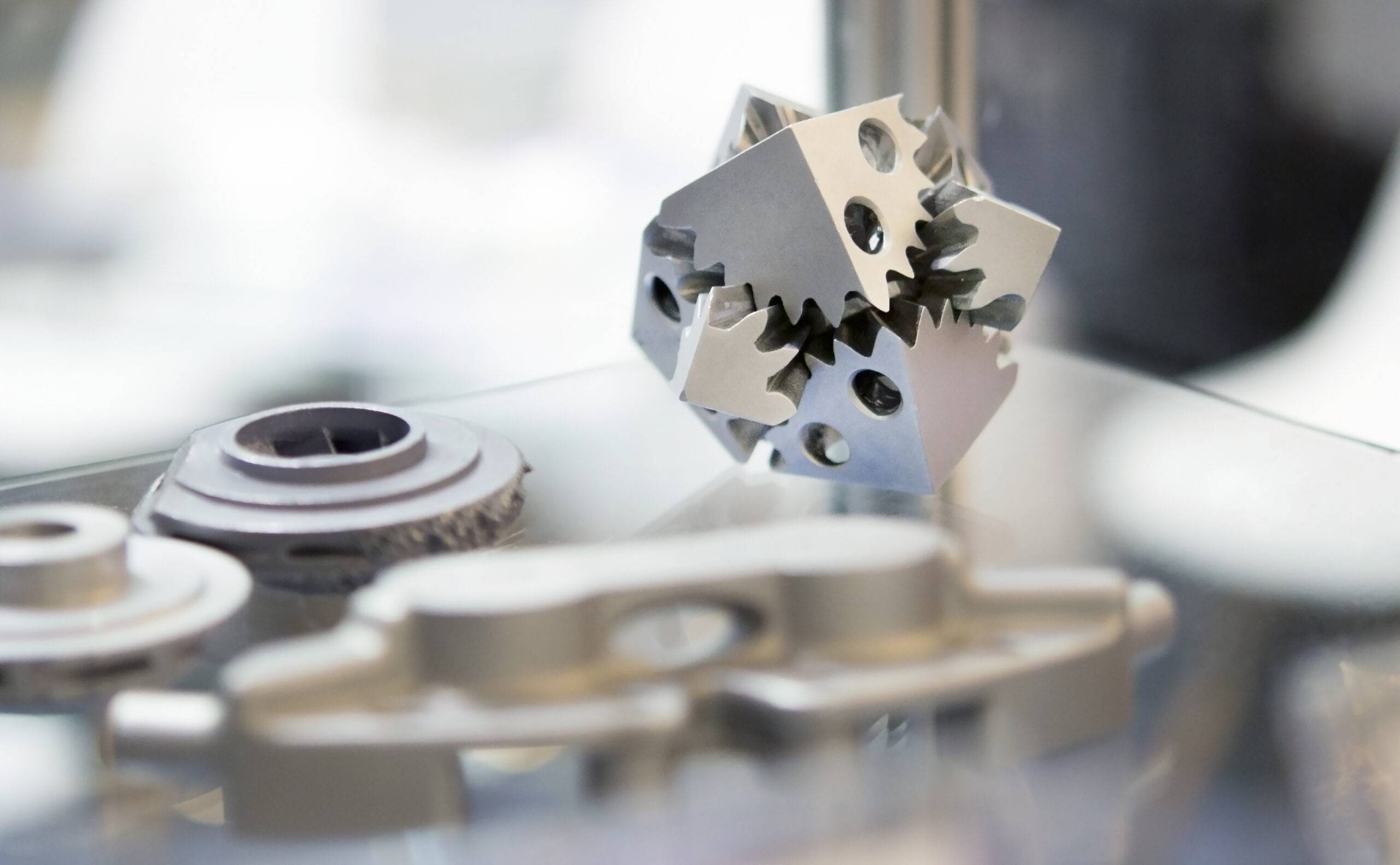
Global standards developer ASTM International has announced that the F42 additive manufacturing technologies committee is currently developing a standard for the laser powder bed fusion (LPBF) 3D printing process.
The standard has the potential to help quickly assess the quality of 3D printed parts, and the performance of the LPBF systems that manufacture them. “We are successfully working to capture variations in the laser powder bed fusion process,” explains Nima Shamsaei, a professor in the mechanical engineering department at Auburn University and the director of National Center for Additive Manufacturing Excellence (NCAME), a founding member of ASTM International’s Additive Manufacturing Center of Excellence.
ASTM International develops and publishes voluntary consensus technical standards for a wide range of materials, products, systems, and services. The organization has recently demonstrated a drive towards developing standards for additive manufacturing, key to enabling industry-wide adoption of the technology.
The ASTM Committee F42 on Additive Manufacturing Technologies was formed in 2009. Meeting on a bi-annual basis, the committee includes over 700 expert members globally who create and revise additive manufacturing standards. All standards developed by F42 are published in the Annual Book of ASTM Standards, Volume 10.04.
F42’s proposed standard for LPBF 3D printing seeks to leverage off-the-shelf tools in order to create qualitative data related to dimensional accuracy and material strength. Both of these factors serve as indicators to the health of the 3D printer in question, as well as the part.
The committee has invited representatives of industries, universities, and research facilities that work in additive manufacturing technology to participate in upcoming round-robin experiments to assess the robustness of the proposed standard, known as WK71395.
Jonathan Pegues, a Postdoctoral Researcher at Sandia National Laboratories, is acting as the technical point of contact for the development of the LPBF standard. Pegues explains that the standard could potentially benefit manufacturers, laboratories, government agencies, and other stakeholders that use laser beam powder bed fusion parts in structural applications.
Lodestar3D, a prominent distributor of industrial 3D printing solutions in India, has announced the successful…
The International Advanced Research Centre for Powder Metallurgy and New Materials (ARCI) has signed a…
Since his postdoctoral days at MIT, Hang Yu, associate professor of materials science and engineering,…
Amritsar-based Amandeep Hospitals, in collaboration with Ujala Cygnus, has inaugurated North India’s first hospital-based 3D Printing and Virtual…
Engineers at The University of Texas at Austin are leading an academic and industry all-star…
For decades, aluminum has been the "golden child" of the automotive and aerospace sectors—lightweight, abundant,…
This website uses cookies.